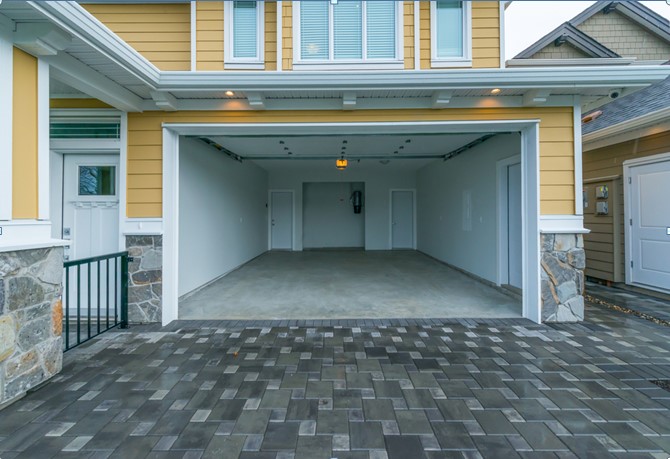Building a garage requires a lot of consideration from its size to the right type of door material to use it can be hard to work out what’s best for your needs. With so much consideration you should take time to plan. Not only that, but the process of creating a carport takes effort and a lot of money, so planning plays a vital role. Aside from your budget that should be the base of the project, here are the essential considerations to determine the right garage type for you.
What Is The Garage For
You’re building a garage because you need it. The main purpose of a garage is to use it as a parking area for your car; however, there can be many different reasons for it. Nowadays, garages are built as a working space or office or for storage purposes. If you plan to use it as an office, installing outlets and lighting should be considered. If you’re planning to use it as a storage area, you should design it in a way that it provides maximum space for organization.
Once you’ve determined the purpose of your garage, you can figure out the appropriate size you need. Although you can tailor the size to your own preference, there are general garage sizes you can choose from:
- Single: A single garage accommodates an average vehicle and has enough room for when you open the doors.
- Double: As implied, a double garage can accommodate two average cars side-by-side.
- Tandem: Tandem garages also have enough space for two cars, but in a position where one car is parked in front of the other.
Choosing The Door Style
A critical part of the garage is the door. Not only does it complete the structure, but it’s also crucial in protecting your vehicle. The first thing you need to decide on is whether to install a manual or automatic door. In the past, homeowners detected some safety risks concerning children and pets with the use of electronic doors. Nowadays, safety features are added to address those. An automatic door is preferred by many because they offer more convenience and accessibility.
- Rolling doors: The most compact type of garage door in the market, rollers open vertically up and down, rolling around itself in the shape of a cylinder when rolling up. This type can be more expensive than others but are very durable and requires little maintenance.
- Sectional doors: The most popular and widely used type of garage door, sectional doors, incorporates both horizontal tracks on the garage ceiling and vertical tracks on the side. They’re usually installed for automatic use, offering quieter and more smooth operation. The vertical tracks of the door allow for a maximized width of the garage’s opening.
- Canopy doors: One among the cheapest types in the market, a canopy door falls under the group of single panel garage doors that open with the use of vertical tracks on the sides of the door frames. When opened, many canopy doors partially protrude outside. Canopy doors are usually operated manually, but a torsion spring plus the fact that they’re lightweight make the work easier.
- Retractable doors: Also a type of single panel garage door, retractable doors are designed for automatic or electrical operation. When opened, a retractable door will fully retract back inside the garage, thereby requiring extra space. Unlike canopy doors, this type makes less noise and is more smooth to operate.
- Side-hinged doors: Unlike any other type, this door utilizes steel hinges to open outward. They are usually set up for manual operation and aren’t ideal for car shelter unless you plan to store your vehicle for a longer period.
Identifying the right type of garage is an essential part of the process. In the past years, homeowners are restricted to the kind of door to be installed. With the advent of technology, there is a range of options available – from customized to Costco garage doors; each comes in various colors and designs. Simply choose the one that suits your budget and preferences.
Related Posts

Loves home. I am here to provide how to make your home a much better place. 🙂 Blogging about HomeDecor, Home Improvements and more.












